Soil Remineralization, Climate Resilience, and Environmental Geochemistry: Insights from the 2024 Goldschmidt Conference
Goldschmidt 2024 conference plenary session.
The Goldschmidt Conference is a premier international meeting that brings together leading geoscientists to share cutting-edge research, foster collaboration, and discuss advancements in geochemistry and related fields. This annual event, organized by the Geochemical Society and the European Association of Geochemistry, serves as a forum for geoscientists to present new ideas, discuss current issues, and explore innovative solutions to pressing societal issues such as resource management, climate change impacts, and the intricate connections between biogeochemistry, environmental contamination, and human well-being.
The 2024 Goldschmidt Conference took place from August 18-23 in Chicago, Illinois, and covered a broad range of topics, from mineral and energy resources to analytical and computational advances in Earth and planetary sciences. Of particular interest, several presentations explored innovative biogeoscience-based solutions to improving soil health, food security, and climate resilience.
Global Food Security and Climate Stability
One of the standout presentations at the conference was delivered by Dr. Ishfaq Ahmad Mir, a Senior Geologist with the Geological Survey of India. Dr. Mir highlighted India’s unique position in addressing two of the world’s most pressing challenges: global hunger and climate change. His recent research interests focus on how natural geological and biological materials such as rock dust, compost, and biochar (produced from agricultural wastes) can enrich and revitalize degraded and nutrient-depleted soils. This process is referred to as soil remineralization. In his presentation, Dr. Mir showed that this nature-based approach improves soil health by treating both the inorganic and organic aspects of the system. The rock dust acts as a slow-release fertilizer supplying essential macro plant nutrients such as potassium, calcium, magnesium, and phosphate, as well as key minor and trace elements such as manganese, zinc, copper, and nickel. Locally made composts and biochar supply organic matter that improves soil structure, increases organic carbon and nitrogen levels, enhances water retention, improves nutrient cycling, and promotes microbial activity and diversity. As Dr Mir points out, biochar provides reactive surface area that captures nutrients from the rock weathering and stores them in soil for efficient cycling to beneficial plant root microbes. Biochar also reduces soil erosion, storing carbon and retaining water for a longer growing season.
Dr. Mir showcased how India’s geology is ideal for large-scale soil remineralization. Specifically, the vast deposits of basaltic and related volcanic rocks known as the Deccan Traps provide an essentially inexhaustible source of easily accessible, nutrient-rich rock that may be mixed with locally produced biochar and composts to revitalize India’s major agricultural districts and improve their resilience to climate change.
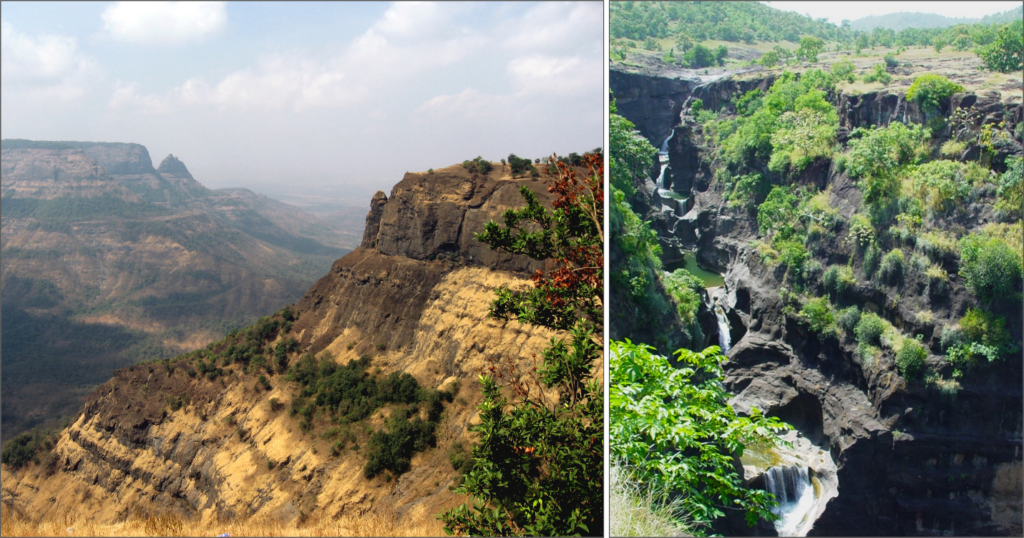
Carbon Dioxide Removal
Another significant environmental impact of rock dust/biochar soil remineralization is the active removal of carbon dioxide from the atmosphere. Dr. Mir points out that this occurs as biochar sequesters carbon in a stable form for thousands of years, while enhancing plant growth due to remineralization, thus increasing the amount of carbon stored as stable soil organic matter. The weathering of silicate rocks such as basalt also removes carbon from the atmosphere by converting CO2 gas to non-volatile forms of carbon. This process, referred to as enhanced weathering, involves chemical reactions that cause CO2 dissolved in soil solutions (supplied by rain) to transform into stable carbonate molecules such as bicarbonate. The carbonate produced during rock weathering can help mitigate ocean acidification as it spreads to oceans via local waterways, potentially benefiting marine ecosystems.
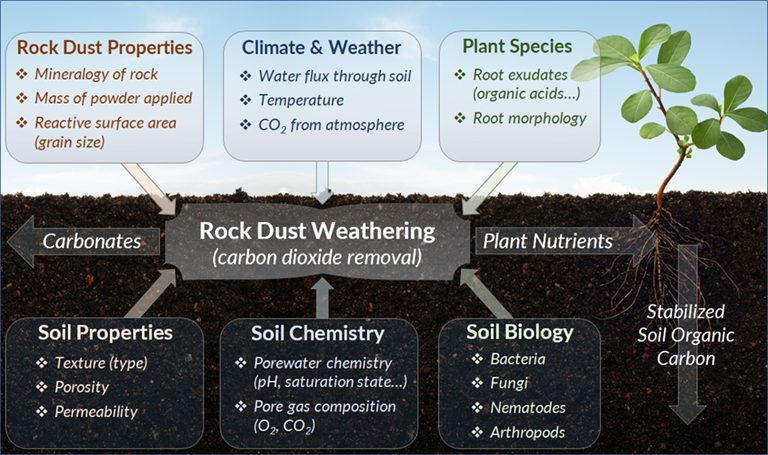
Overall, Dr. Mir’s research into soil remineralization demonstrated that improving soil nutrient profiles by applying local rock dust and biochar could lead to multiple positive environmental and societal outcomes. These include significantly lowering the need for expensive and environmentally harmful synthetic fertilizers, increasing crop yield and the nutrient density of food, increasing disease resistance among crop plants, and improving soil resistance to erosion and desertification. The resulting increase in food crop yield and nutrient density is particularly important as it boosts farmers’ economic prospects (i.e., improving resilience) while directly addressing nutrient deficiencies, thus enhancing human health and well-being.
Other Enhanced Weathering Research at Goldschmidt 2024
Dr. Mir’s presentation was complemented by other talks addressing enhanced weathering techniques and their potential for carbon dioxide removal. Dr. Amy L McBride from Heriot-Watt University Edinburgh presented research on using the GEOROC (Geochemistry of Rocks of the Oceans and Continents) database to investigate the potential of rocks for carbon dioxide removal through enhanced weathering technologies. The GEOROC database is an open-source geochemical repository that was originally established by the Max Planck Institute for Chemistry in Mainz, and is now maintained by the Digital Geochemical Data Infrastructure project at Göttingen University. McBride’s work focused on assessing the CO2 removal potential of different rock types, evaluating the fertilizer potential of basalt resources, and analyzing concentrations of potentially toxic elements in rock sources.
In another important presentation, Dr. Carlos Paulo from Trent University discussed the critical role the mining industry can play in advancing enhanced weathering and mineralization for CO2 removal. Paulo highlighted four key areas where the mining sector could contribute: quantifying passive CO2 removal at existing mines, accelerating on-site enhanced weathering and mineralization, exploring off-site uses for waste rock powders, and mining and supplying rock powder for off-site enhanced weathering projects.
Environmental Concerns: Assessing Toxic Element Contamination
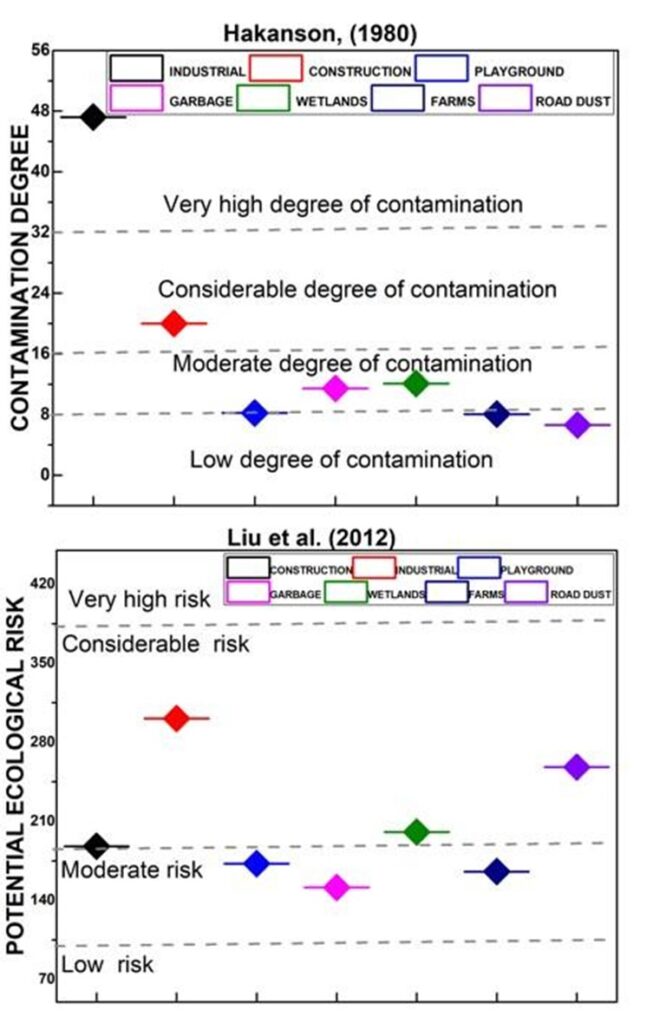
While the conference showcased promising solutions for climate change and food security, it also addressed other pressing environmental concerns. Dr. Mir presented another study focusing on the assessment of potentially toxic element (PTE) contamination in Bengaluru, India. This research examined the presence of chromium, cobalt, copper, lead, nickel, and zinc in 200 topsoil samples collected from various land-use areas across Bengaluru. The study aimed to understand the sources, distribution, and environmental implications of these potentially toxic elements. Dr. Mir’s findings revealed varying contamination levels across different sites in Bengaluru. Industrial areas showed the highest levels of contamination, followed by construction sites. The study employed contamination degree and potential ecological risk indices to assess the environmental impact of these pollutants. The results indicated that industrial sites posed very high contamination levels and considerable ecological risks, while other areas ranged from low to moderate contamination. The research identified strong correlations between certain elements and specific land-use types. For instance, industrial sites showed high levels of cobalt, chromium, and nickel, while construction sites had elevated levels of copper, lead, and zinc. These findings point to industrial activities and construction as major sources of PTE pollution in Bengaluru.
Dr. Mir’s study on PTE contamination in Bengaluru highlights the need to incorporate pollution control measures into urban environmental management strategies. The research provides a geochemical baseline that can inform future efforts to prevent and control PTE pollution, including the application of rock powders for enhanced weathering projects.
Conclusion: Balancing Solutions and Challenges
The 2024 Goldschmidt Conference showcased the dual nature of geochemical research in addressing global challenges. On one hand, innovative approaches like soil remineralization and enhanced weathering offer promising solutions for climate change mitigation and food security. Dr. Ishfaq Ahmad Mir’s research on India’s biogeochemical potential demonstrates how a country can leverage its natural resources to tackle these issues globally. On the other hand, the conference also highlighted the ongoing environmental challenges faced by rapidly developing urban areas, as evidenced by Dr. Mir’s study of toxic element contamination in Bengaluru. This juxtaposition underscores the complexity of environmental issues and the need for holistic approaches that consider both solutions and potential risks.
James Jerden is an environmental scientist and science writer focused on researching and promoting sustainable solutions to urgent environmental problems. He holds a Ph.D. in geochemistry from Virginia Tech and a Master’s degree in geology from Boston College. Over the past 20 years, James has worked as a research geochemist and science educator. He joined Remineralize the Earth because of their effective advocacy, research, and partnership projects that support sustainable solutions to urgent environmental issues such as soil degradation (food security), water pollution from chemical fertilizers (water security), deforestation, and climate change. As a science writer for RTE, his goal is to bring the science and promise of soil remineralization to a broad, non-technical audience. When not writing, he can be found at his drum set.
Support us on Patreon
Thank you for joining us today! Please become a member of RTE and support us on Patreon. Unlike many larger organizations, we work with a team of determined and passionate volunteers to get our message out. We aim to continue to increase the awareness of remineralization to initiate projects across the globe that remineralize soils, grow nutrient dense food, regenerate our forests’ and stabilize the climate – with your help! If you can, please support us on a monthly basis from just $2, rest assured that you are making a big impact every single month in support of our mission. Thank you!

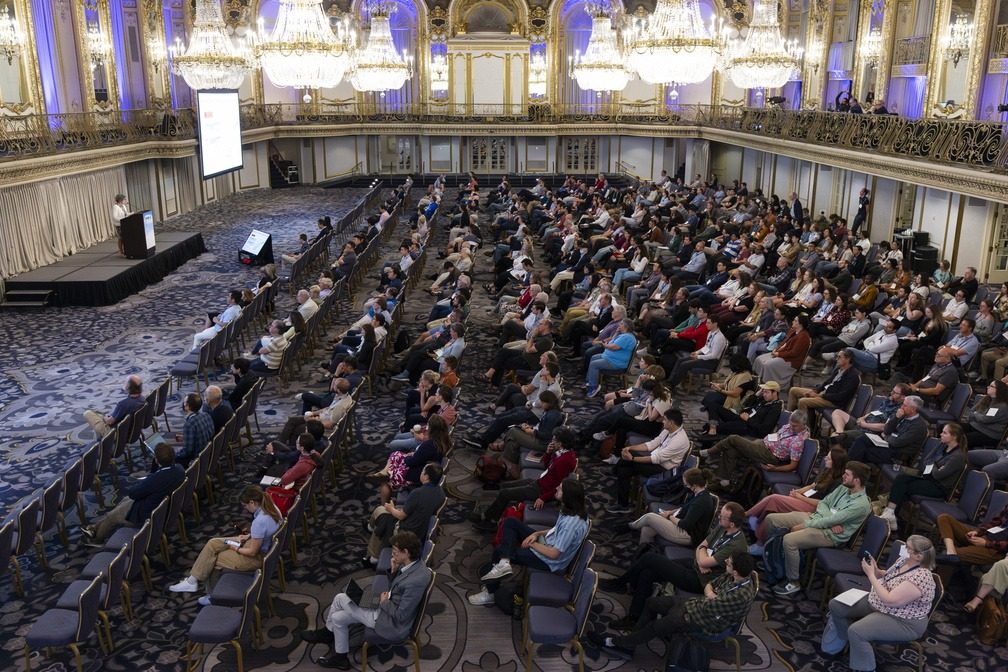
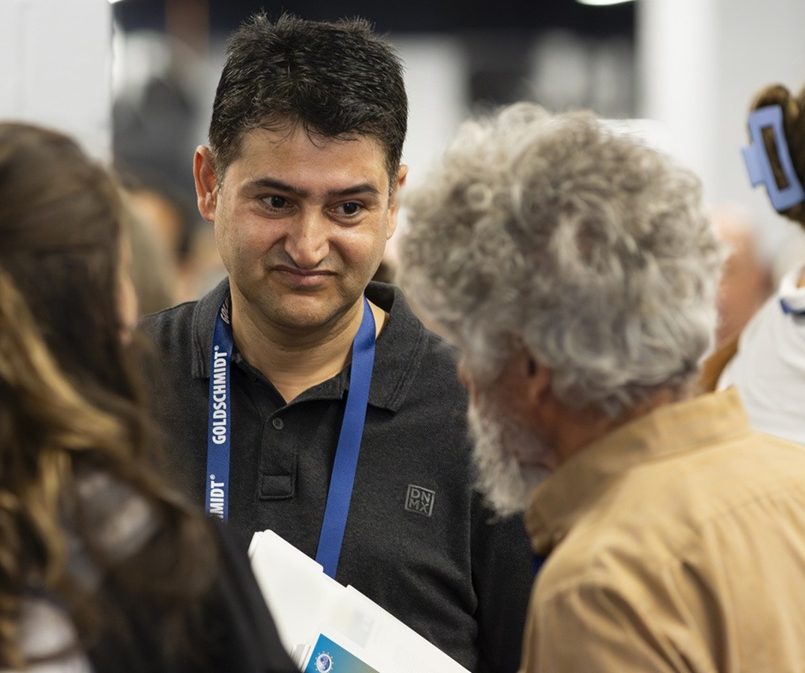






Got something to say?